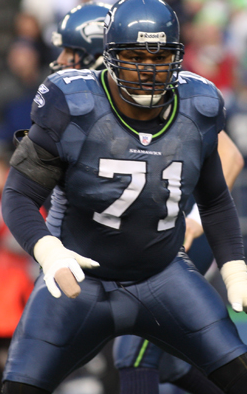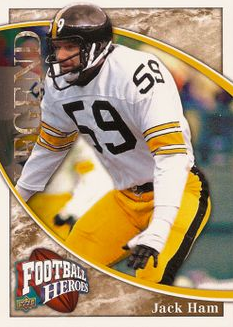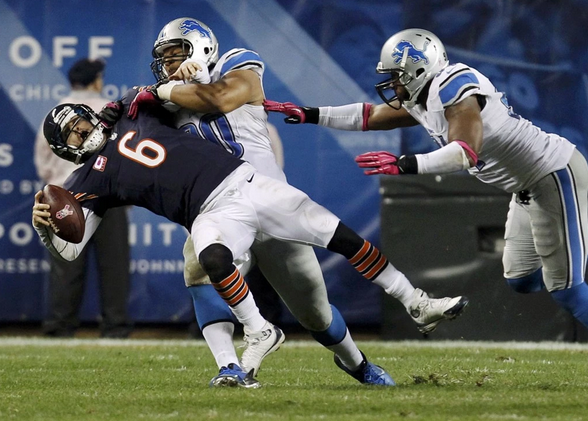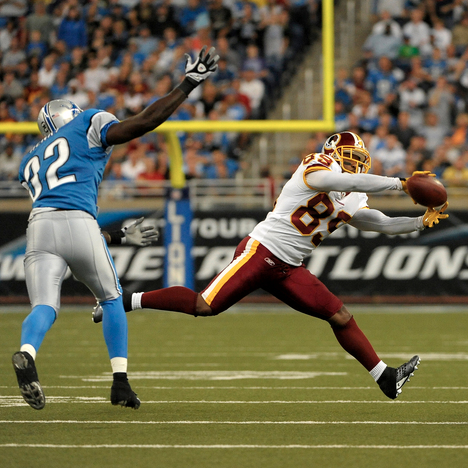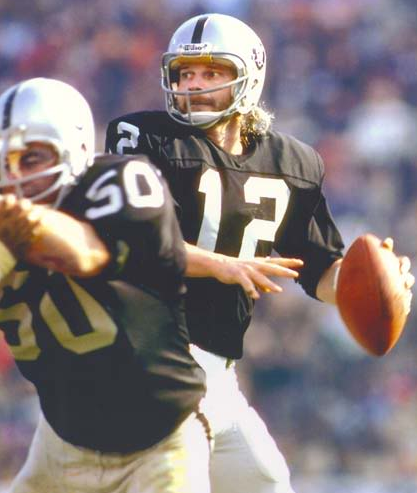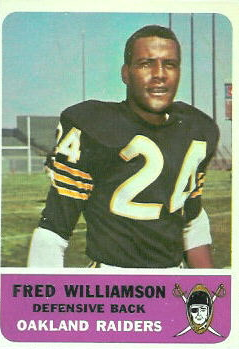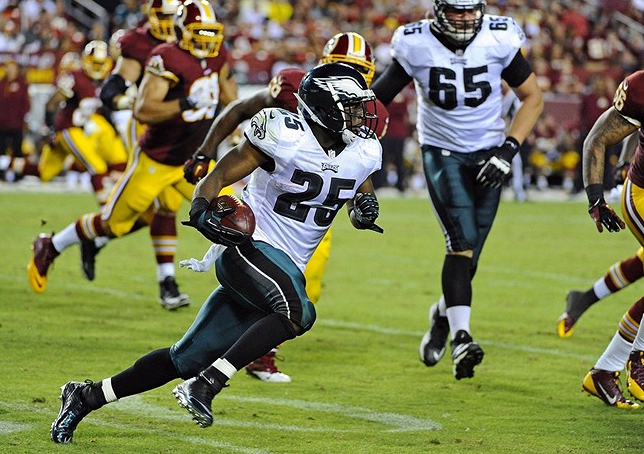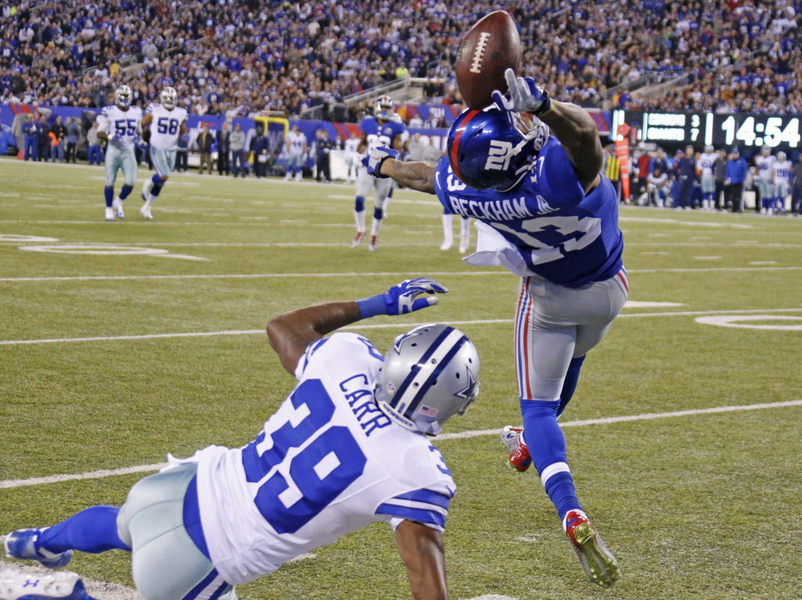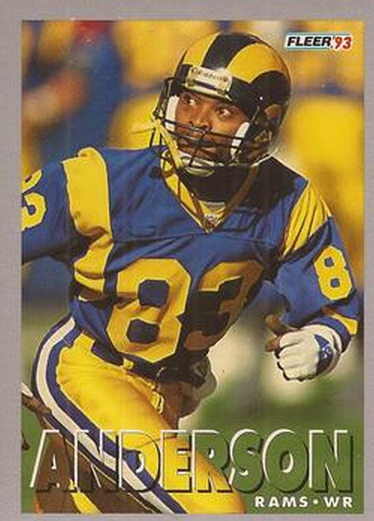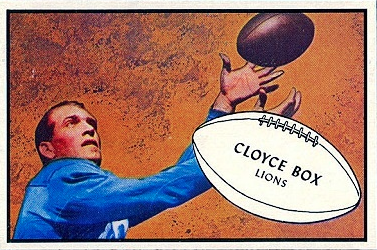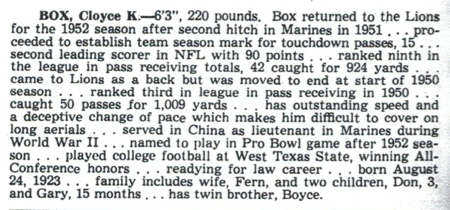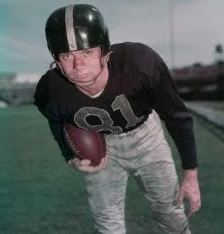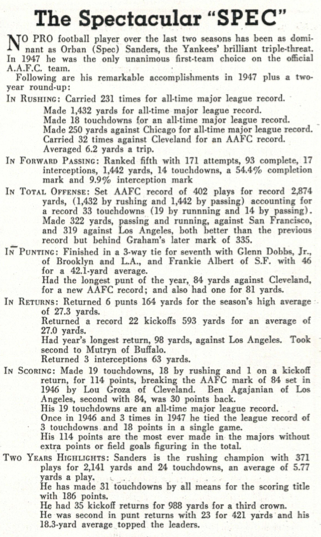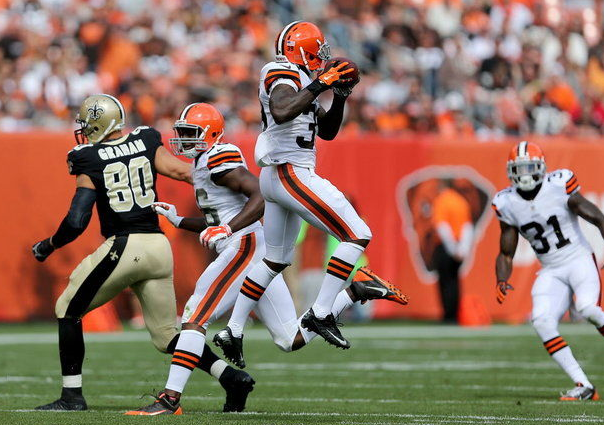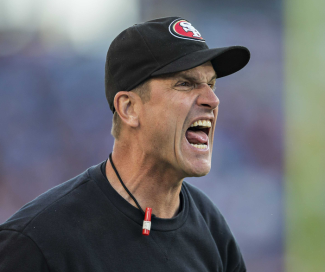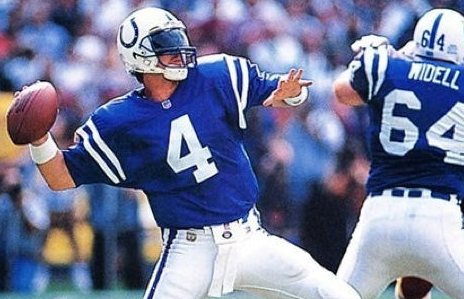It’s great to have the first pick in the NFL draft — as the Bucs have on five occasions, including this year. But it’s almost as great to have the sixth pick, believe it or not. And you’d be amazed at how much mileage teams have gotten out of the 34th pick.
Let me explain myself. I’m talking about the number of Hall of Famers each pick has yielded — its Canton Factor, if you will. That’s what everybody is trying to do at the top of the draft, right? Hit a home run. Find a player for the ages. And there’s no pick like the first pick for that. An even dozen players taken No. 1 are in the Hall, 12 in 79 drafts (with more, such as Peyton Manning, to come).
This, of course, is hardly surprising. Drafting may be an inexact science, but general managers and scouts aren’t complete dullards. Give them first crack at the available college talent, and they can usually find a guy who can walk and chew gum, sometimes all the way to Canton.
What is surprising is some of the other stuff my research turned up. For instance, the second-best pick for Hall of Famers is the sixth (11). The 34th pick (4), meanwhile, has produced more HOFers than the seventh (1!) and ninth (3)* picks and as many as the 10th. Here are the selections with the highest Canton Factor:
PICKS THAT HAVE YIELDED THE MOST HALL OF FAMERS
● 1st (12) — QB Troy Aikman (Cowboys, 1989), DE Bruce Smith (Bills, ’85), QB John Elway (Broncos, ’83), RB Earl Campbell (Houston Oilers, ’78), DE Lee Roy Selmon (Bucs, ’76), QB Terry Bradshaw (Steelers, ’70), RB O.J. Simpson (Bills, ’69), OT Ron Yary (Vikings, ’68), RB Paul Hornung (Packers, ’57), C-LB Chuck Bednarik (Eagles, ’49), RB Charley Trippi (Cardinals, ’45), RB Bill Dudley (Steelers, ’42).
● 6th (11) — OT Walter Jones (Seahawks, ’97), WR Tim Brown (Raiders, ’88), WR James Lofton (Packers, ’78), RB John Riggins (Jets, ’71), DE Carl Eller (Vikings, ’64), CB Jimmy Johnson (49ers, ’61), RB Jim Brown (Browns, ’57), QB Y.A. Tittle (Lions, ’48), C-LB Alex Wojciechowicz (Lions, ’38), QB Sammy Baugh (Redskins, ’37), T Joe Stydahar (Bears, ’36).
● 2nd (10) — RB Marshall Faulk (Colts, ’94), RB Eric Dickerson (Rams, ’83), LB Lawrence Taylor (Giants, ’81), RB Tony Dorsett (Cowboys, ’77), DT Randy White (Cowboys, ’75), OG Tom Mack (Rams, ’66), OT Bob Brown (Eagles, ’64), LB Les Richter (Dallas Texans, ’52), RB George McAfee (Eagles, ’40), QB Sid Luckman (Bears, ’39).
● 3rd (10) — DT Cortez Kennedy (Seahawks, ’90), RB Barry Sanders (Lions, ’89), OT Anthony Munoz (Bengals, ’80), LB Dick Butkus (Bears, ’65), WR Charley Taylor (Redskins, ’64), DT Merlin Olsen (Rams, ’62), RB Ollie Matson (Cardinals, ’52), RB Doak Walker (N.Y. Bulldogs, ’49), QB Bobby Layne (Bears, ’48), DE Claude Humphrey (Falcons, ’68).
● 4th (9) — OT Jonathan Ogden (Ravens, ’96), LB Derrick Thomas (Chiefs, ’89), DE Chris Doleman (Vikings, ’85), DE Dan Hampton (Bears, ’79), RB Walter Payton (Bears, ’75), OG John Hannah (Patriots ’73), DT Joe Greene (Steelers, ’69), RB Gale Sayers (Bears, ’65), QB Otto Graham (Lions, ’44).
● 5th (8) — LB Junior Seau (Chargers, ’90), CB Deion Sanders (Falcons, ’89), CB Mike Haynes (Patriots, ’76), TE Mike Ditka (Bears, ’61), QB Len Dawson (Steelers, ’57), T George Connor (Giants, ’46), WR Elroy Hirsch (Rams, ’45), RB Steve Van Buren (Eagles, ’44).
● 8th (6) — OT Willie Roaf (Saints, ’93), OG Mike Munchak (Oilers, ’82), DB Ronnie Lott (49ers, ’81), RB Larry Csonka (Dolphins, ’68), WR Lance Alworth (49ers, ’62), OL Jim Parker (Colts, ’57).
● 11th (5) — WR Michael Irvin (Cowboys, ’88), WR Paul Warfield (Browns, ’64), DE Doug Atkins (Browns, ’53), RB Frank Gifford (Giants, ’52), DT Leo Nomellini (49ers, ’50).
● 18th (5) — WR Art Monk (Redskins, ’80), FS Paul Krause (Redskins, ’64), RB John Henry Johnson (Steelers, ’53), T Bruiser Kinard (Brooklyn Dodgers, ’38), RB Tuffy Leemans (Giants, ’36).
● 10th (4) — DB Rod Woodson (Steelers, ’87), RB Marcus Allen (Raiders, ’82), OT Ron Mix (Colts, ’60), RB Jerome Bettis (Rams, ’93).
● 34th (4) — LB Jack Ham (Steelers, ’71), CB Lem Barney (Lions, ’67), DB Yale Lary (Lions, ’52), OT Mike McCormack (New York Yanks, ’51).
*The only Hall of Famer drafted seventh is C Bulldog Turner (Bears, ’40). The only HOFers who went ninth are OG Bruce Matthews (Oilers, ’83), RB Lenny Moore (Colts, ’56) and RB Hugh McElhenny (49ers, ’52).
Some other discoveries:
● The 24th and 25th picks haven’t given us any Canton-quality players — yet. In the case of the 24th, that figures to change whenever Ed Reed (Ravens, 2002) and Aaron Rodgers (Packers, 2005) come up for consideration, but nobody taken at 25 seems very Hall-worthy . . . or is even likely to get endorsed by the Veterans Committee. In fact, 25 has been a virtual black hole. The best selections at that spot: NT Ted Washington (49ers, ’91) and WRs Stanley Morgan (Patriots, ’76) and Boyd Dowler (Packers, ’59).
● Second-round picks might be good values salary-cap-wise, but they don’t produce nearly as many Hall of Famers as first-round picks. The breakdown:
HOFers drafted from 1 through 32: 121
HOFers drafted from 33 through 64: 32
● That said, the 48th pick yielded a Hall of Famer two years in a row in the 1980s: C Dwight Stephenson (Dolphins, ’80) and DE Howie Long (Raiders, ’81). The second round of that ’81 draft, by the way, had three players who wound up in Canton: LB Mike Singletary (38th, Bears), Long and LB Rickey Jackson (51st, Saints). By that measure, it’s the best second round ever.
● I love this: The third pick in the ’48 draft was QB Bobby Layne (by the Bears). The third pick in ’49 was RB Doak Walker (by the New York Bulldogs, though he ended up with the Lions). Both are in Canton, but even better, they were high school teammates at Highland Park in Dallas. (Another high selection who played at Highland Park: Lions QB Matt Stafford, who went No. 1 in 2009.)
FYI: The Jets are sitting with the sixth pick (good karma), the Bears with the seventh (bad karma, though they did get Turner there), the Panthers with the 25th (really bad karma) and the Bucs with the 34th (really good karma, especially since it’s a second-rounder).
Yup, Tampa Bay has the first selection and the 34th. Pretty sweet.
Now we just have to wait for Roger Goodell to say, “Gentlemen, start your draft boards.”

